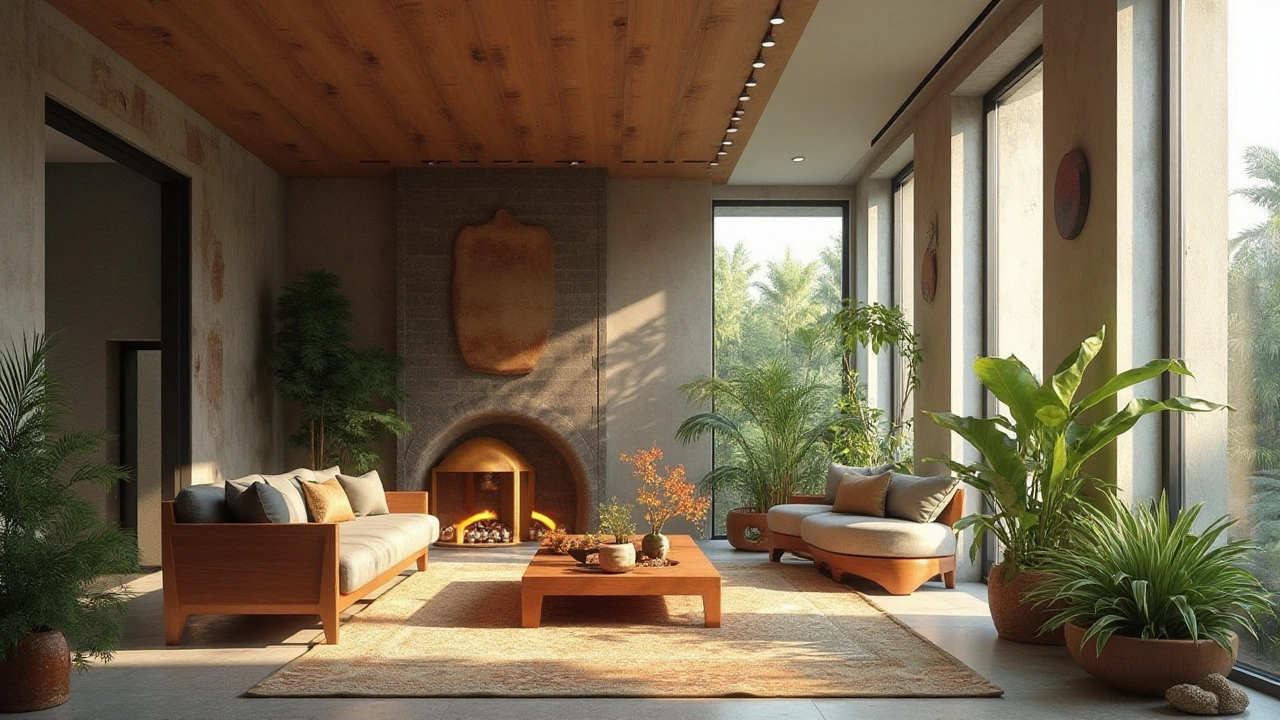Indoor Air Quality: What It Is and Why It Matters in Homes and Buildings
When you think about your home’s health, you probably think about clean floors, fresh paint, or a tidy kitchen. But the air you breathe inside? That’s often the most overlooked part. Indoor air quality, the condition of the air inside buildings as it relates to the health and comfort of occupants. It’s not just about dust—it’s about chemicals, moisture, and invisible particles that build up over time. Most people don’t realize their home could be making them sick, especially if it’s new. A 2023 study by the EPA found that indoor air can be two to five times more polluted than outdoor air—even in cities. And in tightly sealed modern homes, those pollutants have nowhere to go.
Mold, a type of fungus that thrives in damp, poorly ventilated spaces, is one of the biggest culprits. You’ll see it in bathrooms, basements, and yes—new builds. Rushed construction, wet drywall left to sit, and lack of airflow trap moisture inside walls. That’s why so many new homes develop mold before the first family even moves in. Then there’s VOCs, volatile organic compounds released by paints, adhesives, and furniture. These chemicals evaporate into the air after installation and can linger for months. Low-VOC paint helps, but it’s not a fix-all. If your ventilation system is weak or nonexistent, those fumes stay put. And poor ventilation isn’t just about air conditioners or fans—it’s about how the whole building was designed. Many new homes prioritize energy efficiency over airflow, which sounds smart until you realize you’re breathing recycled stale air.
It’s not just about comfort. Poor indoor air quality links to headaches, asthma flare-ups, and long-term respiratory issues. Kids and elderly people are especially vulnerable. The good news? You don’t need a PhD to fix it. Simple changes—like opening windows for 10 minutes a day, using exhaust fans in bathrooms, choosing low-emission materials, and checking for hidden moisture—can make a huge difference. The posts below dig into exactly these problems: why new builds get moldy, how building materials leak toxins into your air, what ventilation systems actually do, and how to spot red flags before they become health risks. You’ll find real-world examples, cost breakdowns, and fixes you can do yourself. This isn’t theory. It’s what’s happening in homes right now—and how to take back control.
Mold in Modern Buildings: Is It Making You Sick?
Mold can be an invisible threat lingering in the corners of new builds and remodeled spaces. It thrives in damp conditions and can cause a range of health issues, from mild irritations to severe respiratory problems. Understanding how mold grows and the risk factors associated with it can help you protect your health. This article explores where mold hides, how to spot it early, and practical steps to prevent its growth in new buildings.
Learn more...